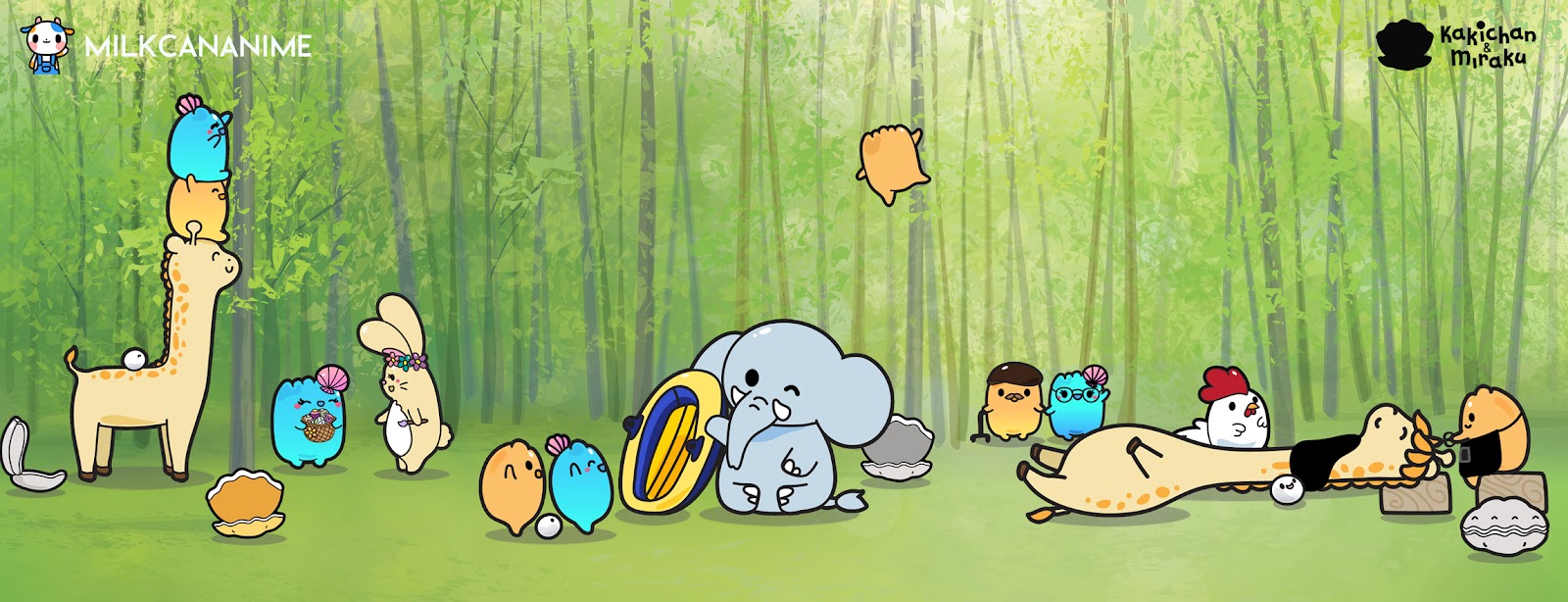A World is Born: Emerging Arts & Design in 1980s Japanese Animation
If you've been watching anime for a long time, or happen to be a hardcore otaku, you've probably heard of Studio Gainax on a number of occasions. The famed creator of titles such as Neon Genesis Evangelion, Tengen Toppa Gurren Lagann and Panty & Stocking with Garterbelt has had a storied history, influencing the anime industry greatly through the 1990s and 2000s (Studio Trigger, anyone?). The veteran anime studio even has a shot coined after them, dubbed the Gainax Stance. It showcases a character standing triumphantly, folding his arms and staring straight into the camera. If this sounds familiar, you have Gainax to thank. To think Royal Space Force: The Wings of Honnêamise, the production that kickstarted all of this was created more than 30 years ago. How time flies.Earlier today, I had the wonderful opportunity to visit an exhibition at DECK showcasing the production process behind Royal Space Force. It was a collaboration between LASALLE College of the Arts and Niigata University. The opening address that greets visitors highlights the widespread availability of exhibitions and showcases that expand upon the production process of established animation studios such as Studio Ghibli and Pixar. However, anime studios do not receive the same level of attention and I wholeheartedly agree. I've only ever seen concept art, storyboards and even prop conceptualisation at Anime Festival Asia for Violet Evergarden and for Saekano's second season while I was in an Animate store in Akihabara last year.
The icing on the cake was Royal Space Force's director and founding member of Studio Gainax Yamaga Hiroyuki guiding us through the various concept art pieces and storyboards. He lent his thoughts regarding each step of the production process, from the world that Royal Space Force is set in right down to how he and his team created the story in the first place. What made things even more interesting were the personal anecdotes he shared as he spoke. From having a reunion dinner at the turn of the millennium with the original team who produced Royal Space Force and pointing out how far each one of them has progressed since producing Gainax's inaugural film to highlighting how one of his artists insisted on painstakingly detailing the moment a rocket takes off. Yamaga-san had much to share and it was nice to see him speak candidly regarding this particular film and other topics.
To say that the concept art featured was detailed would be an understatement. It was evident how much effort was put into the creation of each element and I shudder to think how much more time must have been spent to turn the above illustrations into the final products you see in the film. To make matters worse, the team had to animate all these in an era where digital production tools were far from available. It was as much of a passion project as Yamaga-san said it was and it definitely inspired many of his future hires and rival studios.
A fun part of the exhibition had visitors interacting with a recreation of a light box with layered stills. This was actually how the film was shot for a number of scenes, albeit with the lightbox placed vertically instead of the horizontal manner like you see in the photo above. Admittedly, the image did not look right to me through my own eyes but once I took a photo, the set-up makes complete sense. Although this technique probably isn't used today thanks to the plethora of tools available for anime studios, it's nice to experience and appreciate the techniques that were used in the past.
I'm no artist but amount of depth in this still is staggering. To know that it is all drawn by hand makes this particular frame even more impressive. I lost count of the number of times I thought how much effort the production team put into creating this film as I made my way through the exhibition. No wonder it took two years to produce. For fans of the original film, fret not, a sequel is on its way and you can expect the same attention to detail from the studio.
I'm always up for an exhibition showcasing the production process behind an animated feature, be it an anime, animated film or a short clip. The effort, thought processes and creativity are on full display for visitors and fans of the original work will be able to gain a deeper level of appreciation once they know what has gone into the making of that animated feature. I do hope that anime studios such as Ufotable or Kyoto Animation end up hosting an exhibition much like this one in Singapore. I'm sure that both hardcore and casual fans will be dying to see what goes on behind the scenes but for now, it seems that Studio Gainax will be leading the way, much like they did with Royal Space Force in 1987.
If you're keen on checking the exhibition out, it'll be held all the way till 31st March and it's open from 12pm to 7pm at DECK with a secondary venue at the Ngee Ann Kongsi Library in LASALLE College of the Arts to boot. Maybe this is just what you need to inspire you to create an anime with your friends and fellow professionals.
Written by ET










No Comment to " A World is Born: Emerging Arts & Design in 1980s Japanese Animation "